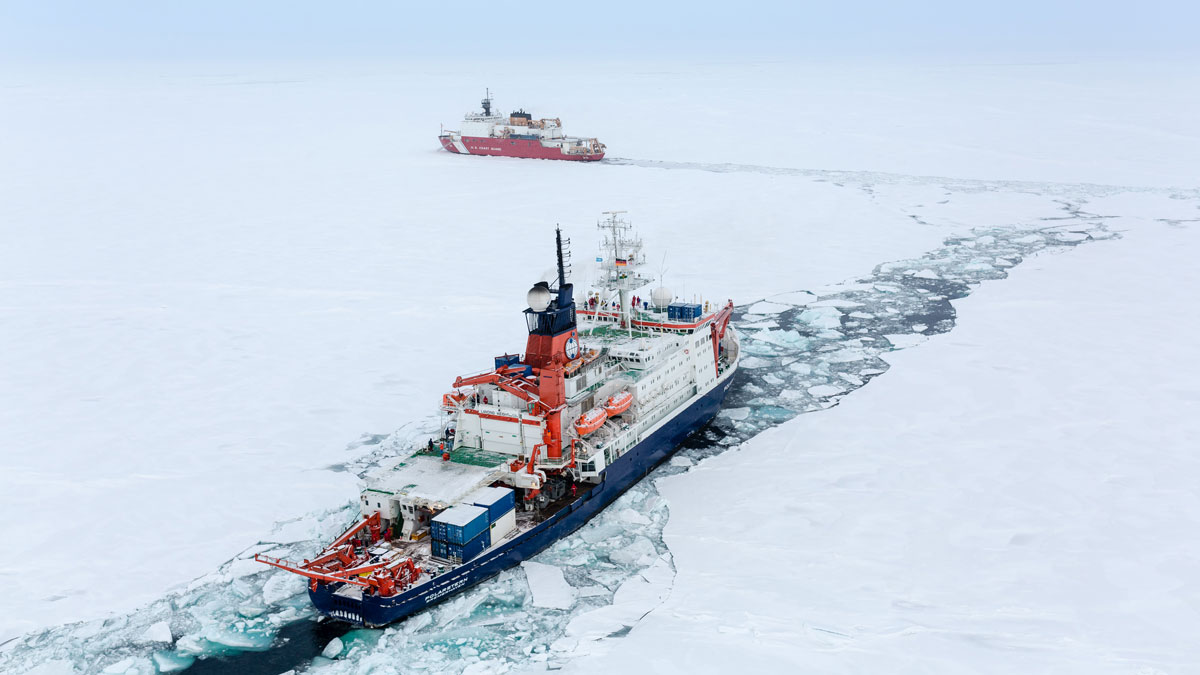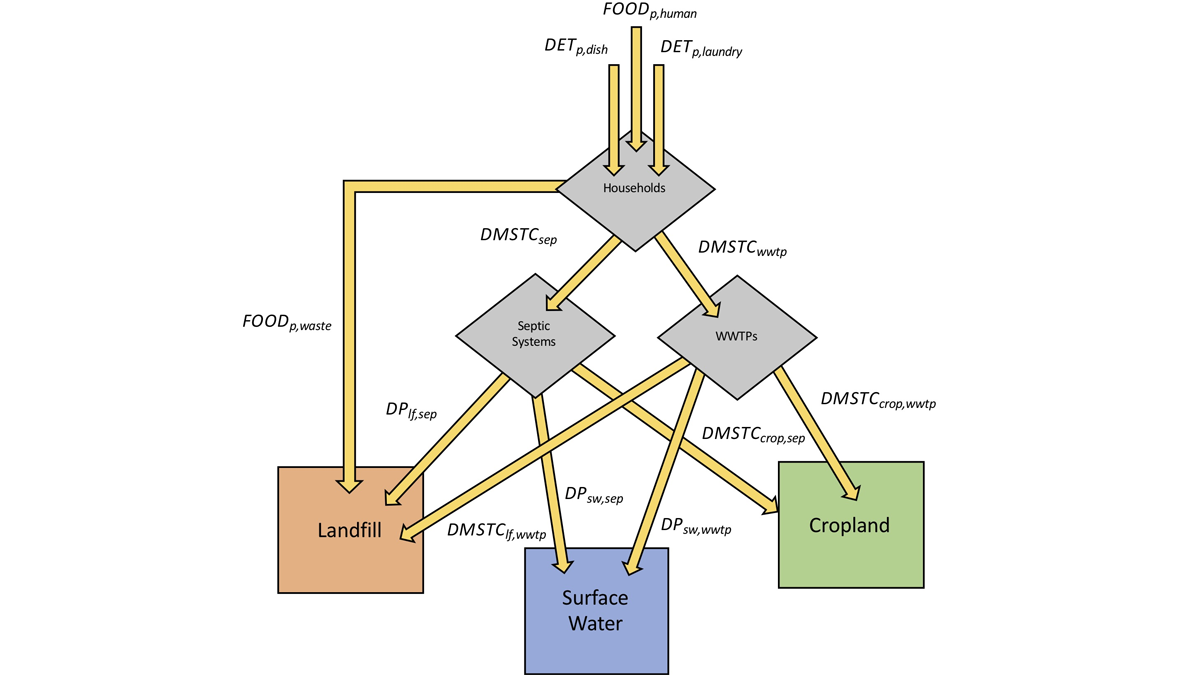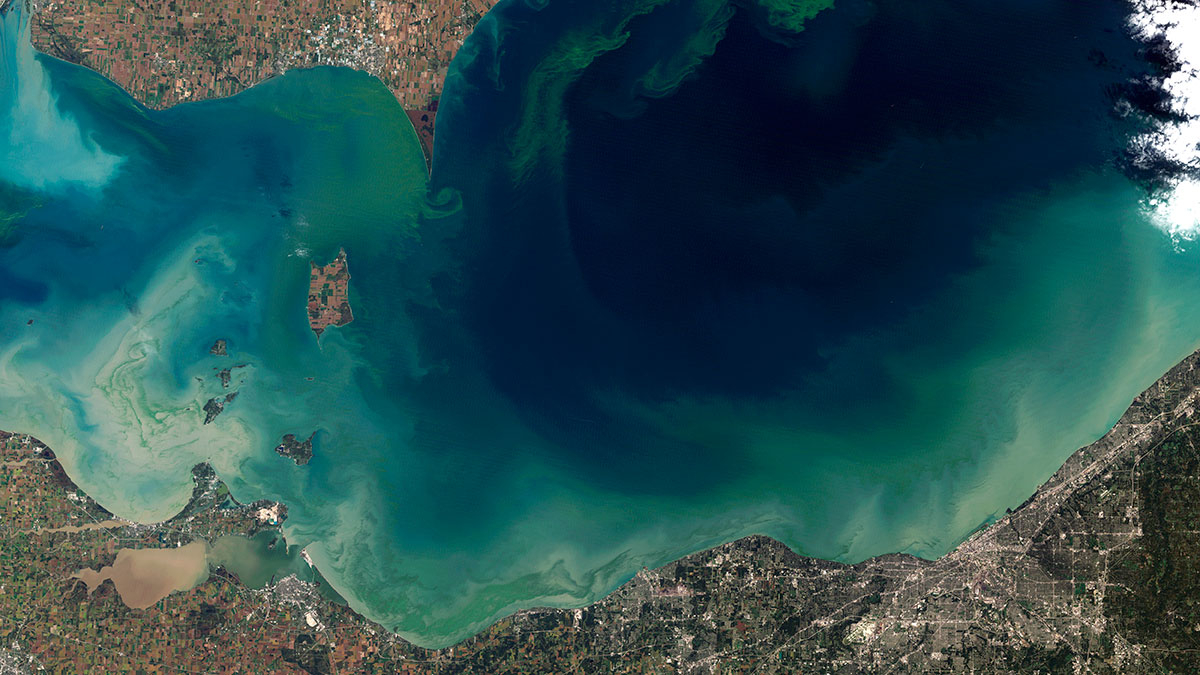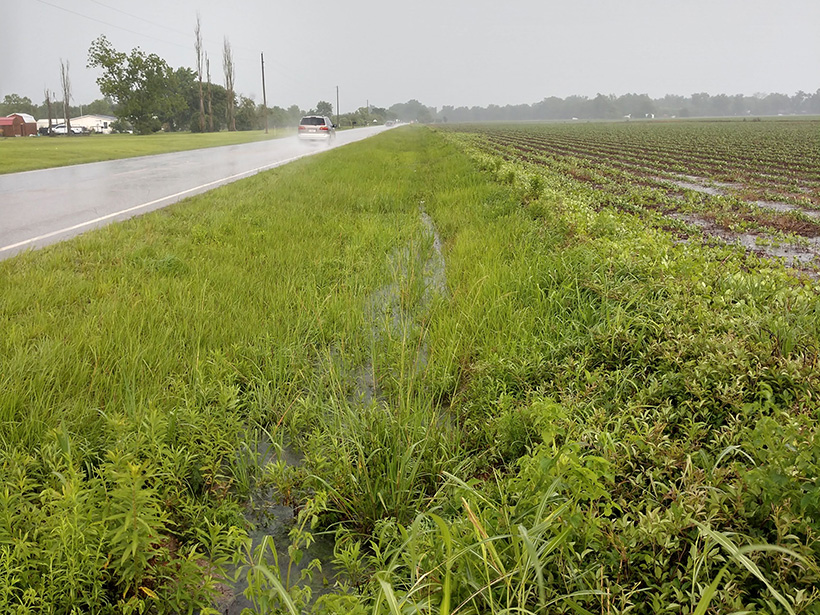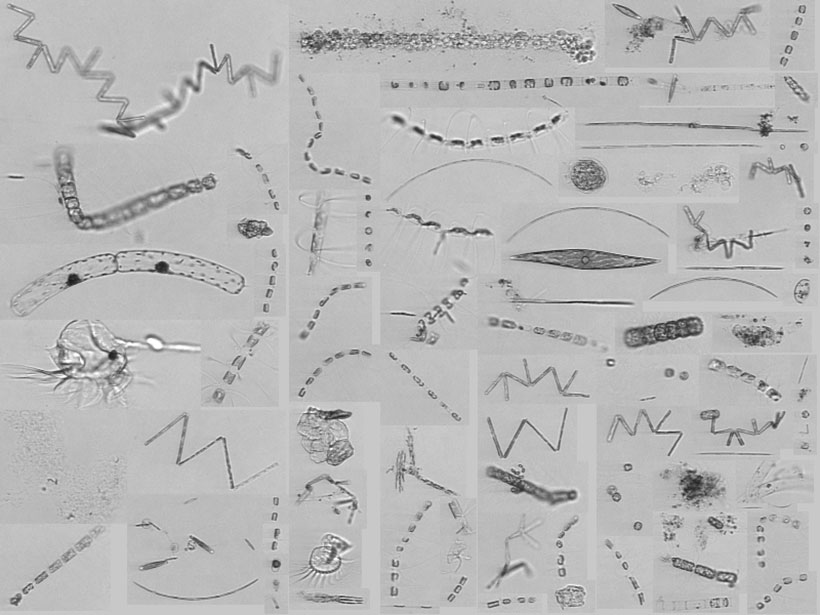High-resolution simulations of China’s Sanggou Bay show that suspended aquaculture alters hydrodynamics and weakens transport of nutrients to the area from offshore bottom water.
nutrients
The Seasonality of Oceanic Carbon Cycling
Scientists uncovered how seasonal changes affect the amount and rate of carbon as it moves from the ocean’s surface to its depths.
Diurnal Oxidation for Manganese Minerals in the Arctic Ocean
The relative abundance of different oxidation states for this important micronutrient varies on the basis of how much available sunlight there is.
Plant Root Exudates Mediate Soil Nutrient Transport
Plant roots mediate solute transport through the soil immediately surrounding them by introducing polymers and other binding compounds that disrupt water transport pathways between soil pore spaces.
Water Quality Policy Must Consider Stored Watershed Phosphorous
Phosphorous stored in watersheds and affects water quality for decades. A new model predicts phosphorus accumulation and depletion, and the consequences for water quality conservation measures.
Cyanobacteria Blooms Exceed WHO Thresholds in Midwest Lakes
A study of 369 lakes across the Midwest finds that many of them, especially those close to agriculture, have high concentrations of harmful algal bloom-causing cyanobacteria.
Index Suggests That Half of Nitrogen Applied to Crops Is Lost
Food production is becoming less efficient at using nitrogen fertilizer, according to a review of global values. Excess nitrogen damages the environment and the climate.
Roadside Ditches Are Effective at Nitrogen Removal
Researchers compared the nitrogen removal potential by microbes in ditches that drained forested, urban, and agricultural lands and discovered that roadside ditches are important areas for removing nutrients.
Gulf Stream Intrusions Feed Diatom Hot Spots
Previous research suggested that the intrusion of low-nutrient Gulf Stream water into the Mid-Atlantic Bight would reduce productivity, but a new study finds that it can also lead to chlorophyll hot spots.



